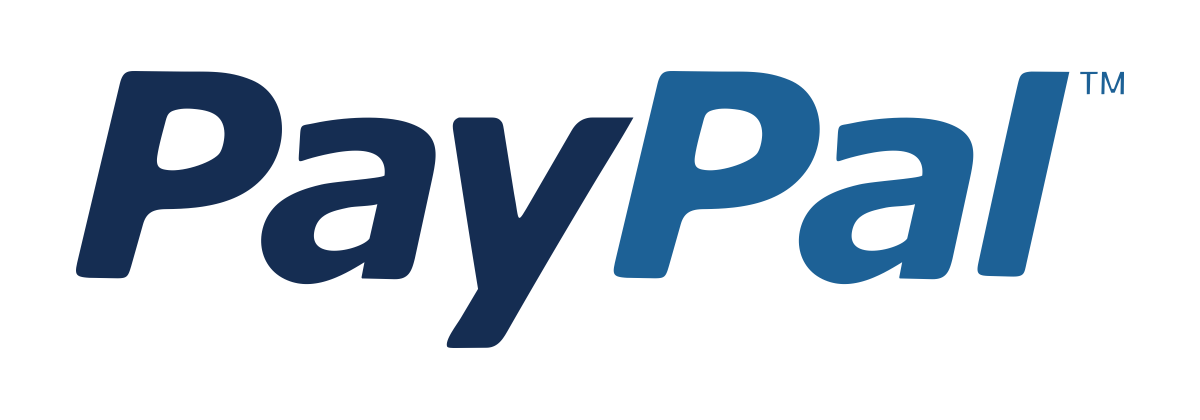Mistral
Master Mistral models, fine-tuning workflows, inference optimization, RAG pipelines, and enterprise-grade deployment using the world’s most efficient Price Match Guarantee
Full Lifetime Access
Access on any Device
Technical Support
Secure Checkout
Course Completion Certificate
Price Match Guarantee
Full Lifetime Access
Access on any Device
Technical Support
Secure Checkout
Course Completion Certificate
 97% Started a new career
BUY THIS COURSE (
97% Started a new career
BUY THIS COURSE (GBP 12 GBP 29 )-
 86% Got a pay increase and promotion
86% Got a pay increase and promotion
Students also bought -
-
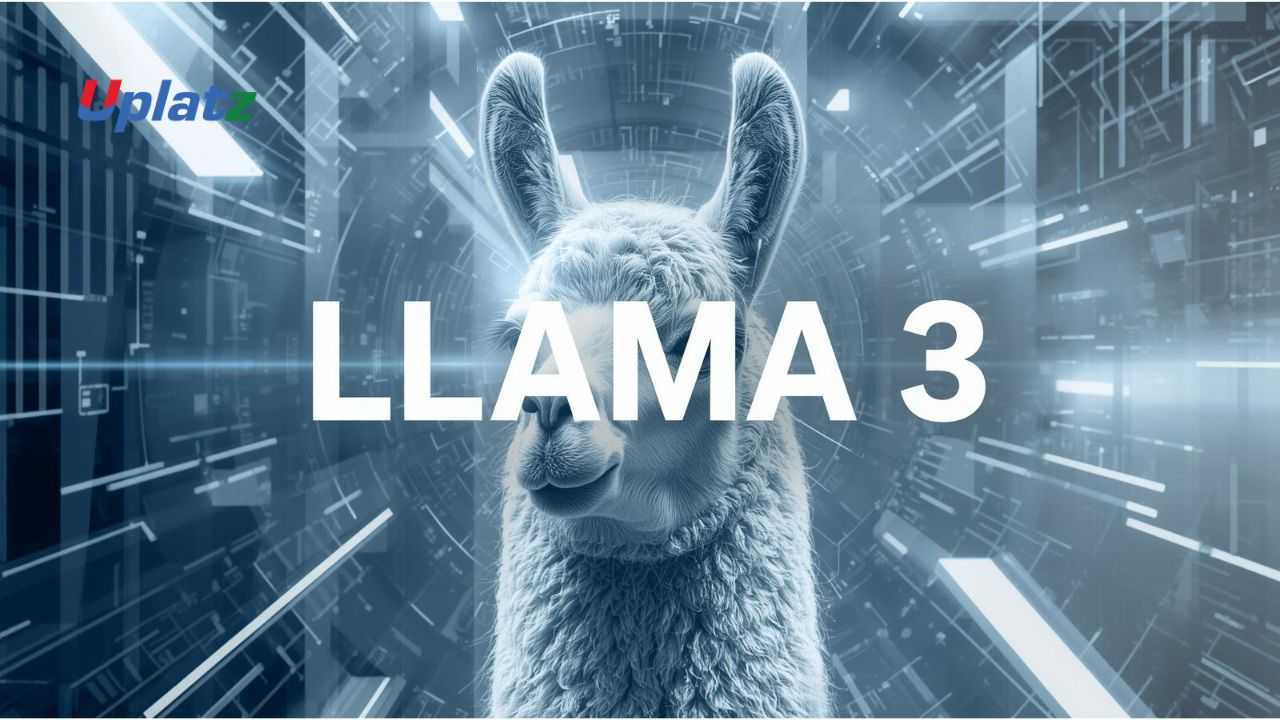
- Llama
- 10 Hours
- GBP 12
- 10 Learners
-
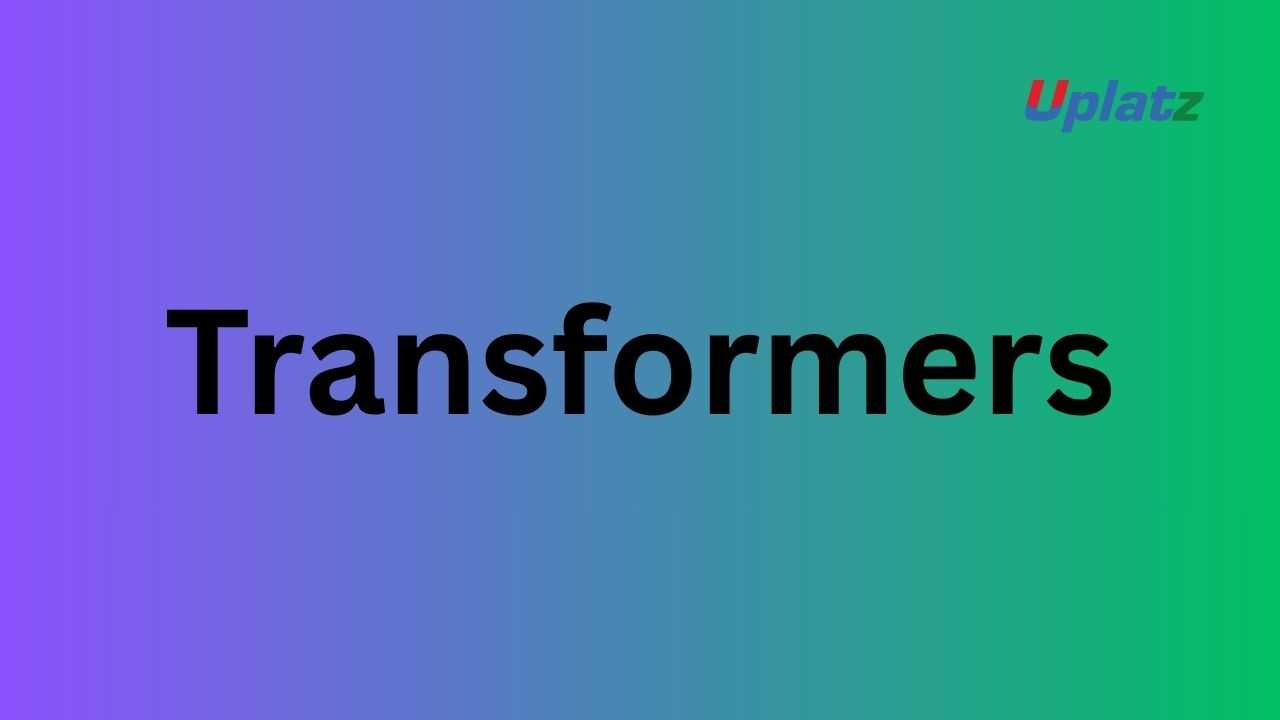
- Transformers
- 10 Hours
- GBP 12
- 10 Learners
-
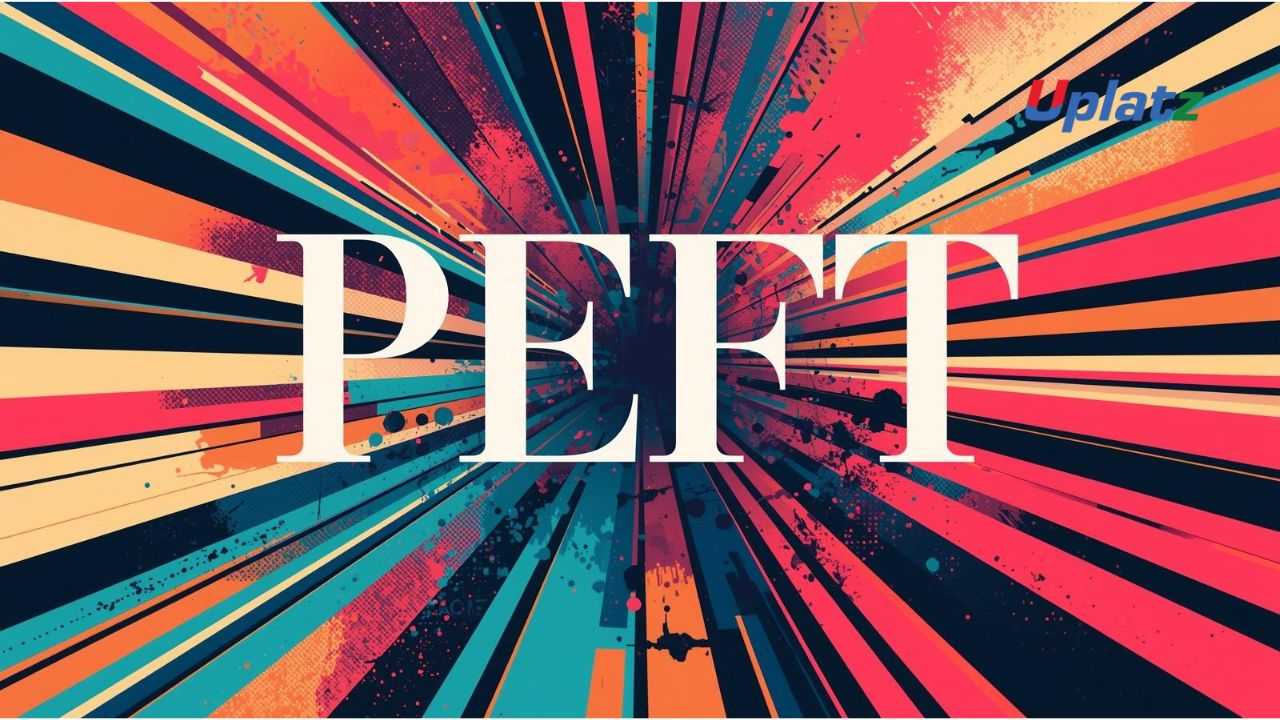
- PEFT
- 10 Hours
- GBP 12
- 10 Learners
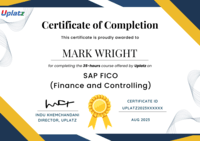
Mistral AI has rapidly become one of the most influential forces in the modern AI ecosystem. With a series of highly efficient, high-performance large language models such as Mistral 7B, Mixtral 8x7B, Mixtral 8x22B, Mistral Small, Mistral Medium, and Mistral Large, the company has redefined what open, scalable, industry-ready AI looks like. Built around sparse Mixture-of-Experts (MoE) architectures, cutting-edge attention mechanisms, and optimized training pipelines, Mistral models offer exceptional reasoning, multilingual capabilities, code generation, and long-context processing while remaining extremely fast and lightweight.
The Mistral Course by Uplatz provides a complete, hands-on learning experience designed to help developers, engineers, and AI practitioners master the entire Mistral ecosystem. From understanding Mistral architectures to fine-tuning with LoRA/QLoRA, building retrieval-augmented generation (RAG) pipelines, optimizing inference with vLLM/TGI, and deploying models into production—this course covers everything needed to become an expert in open-source LLM development with Mistral models.
The course begins with a deep dive into what makes Mistral models unique. Unlike many traditional dense models, Mistral integrates MoE (Mixture of Experts) architectures that activate only a subset of experts during inference, delivering remarkable performance while reducing compute. You will learn how sparse MoE improves scalability, efficiency, and training throughput, and why Mixtral models often outperform dense models several times their size. We will also explore Mistral’s improvements in tokenization, rotary positional embeddings (RoPE), sliding-window attention, and optimized transformer blocks.
Next, you will gain hands-on experience using Hugging Face Transformers, Mistral-inference, and the official Mistral API. You will load pre-trained Mistral models, run them in chat mode, generate code, interpret complex reasoning prompts, generate structured output, translate multilingual text, and build real conversational systems. You will learn how to run Mistral models locally, on a single GPU, on CPU, and in the cloud using accelerated inference engines.
A major focus of this course is fine-tuning and customizing Mistral models. You will practice:
-
LoRA and QLoRA fine-tuning
-
Prefix tuning
-
Adapters
-
Domain adaptation
-
Instruction tuning
-
Safety tuning
You will build custom datasets, prepare preprocessing pipelines, implement efficient training loops, and evaluate model improvements. You will learn best practices for parameter-efficient fine-tuning to keep costs low even when training large models.
In addition, the course offers a full deep dive into RAG (Retrieval-Augmented Generation) using Mistral:
-
Creating embeddings (Mistral Embeddings model)
-
Using vector databases (FAISS, Chroma, Milvus, Pinecone)
-
Document chunking strategies
-
Multi-turn RAG
-
Long-context processing
-
Enterprise document search
-
PDF analysis and structured Q&A
You will build an end-to-end RAG pipeline that enables Mistral to use external knowledge sources.
Beyond training and RAG, the course covers inference optimization, including:
-
vLLM
-
Text Generation Inference (TGI)
-
TensorRT-LLM
-
GGUF / llama.cpp inference
-
Multi-GPU acceleration
-
Quantization (4-bit, 8-bit, GPTQ, AWQ)
You will learn how to serve Mistral models at scale using batching, caching, streaming responses, and production APIs.
We also cover architectural and enterprise considerations such as:
-
Using Mistral Large for enterprise reasoning
-
Deploying under strict compliance (ISO, GDPR, SOC2)
-
Implementing safe generation and guardrails
-
Monitoring and logging model behavior
-
Scaling inference with Kubernetes and autoscaling
Finally, the course includes a capstone project where you will design, fine-tune, optimize, and deploy a real Mistral-based AI assistant.
By the end of this course, you will have mastered the skills to build world-class generative AI systems using the Mistral ecosystem—combining accuracy, speed, safety, and scalability.
🔍 What Is Mistral?
Mistral is a family of high-performance open-source LLMs built by Mistral AI.
Models include:
-
Mistral 7B – compact & fast
-
Mistral 8x7B / Mixtral 8x7B – MoE powerhouse
-
Mixtral 8x22B – strong reasoning and coding
-
Mistral Small / Medium / Large – API models for enterprise use
-
Mistral Embed – embedding model
-
Mistral Nemo – multimodal variants (where applicable)
Mistral focuses on efficiency, speed, multilingual ability, and enterprise readiness.
⚙️ How Mistral Works
Mistral models use advanced techniques:
1. Mixture of Experts (MoE)
Activates only a subset of experts per token → high performance with lower compute.
2. Enhanced Attention
FlashAttention, sliding window attention, grouped-query attention.
3. Efficient Tokenization
Better vocabulary coverage and compression.
4. Optimized Transformer Blocks
Enhanced residual structure and improved training stability.
5. Long Context
Allows processing long documents and multi-turn dialogue history.
🏭 Where Mistral Is Used in the Industry
Mistral models are adopted across:
AI Startups
In-house copilots, chatbots, and automation platforms.
Finance
Document analysis, fraud detection, compliance automation.
Healthcare
Patient chat systems, summarization, clinical insights.
E-commerce & Retail
Product search, recommendation dialogue, catalog generation.
Education
Tutoring assistants, content generation, multilingual tools.
Legal & Enterprise Services
Contract analysis, policy review, enterprise knowledge assistants.
Government
Citizen support bots, multilingual documentation systems.
🌟 Benefits of Learning Mistral
-
Master one of the fastest-growing open-source LLMs
-
Fine-tune Mistral for domain-specific enterprise use
-
Build efficient, low-cost generative AI systems
-
Learn MoE-based architecture advantages
-
Deploy production-scale LLM applications
-
Gain strong, industry-ready LLM engineering skills
-
Essential expertise for roles in generative AI
📘 What You’ll Learn in This Course
You will explore:
-
Mistral model architecture
-
MoE vs dense models
-
Using Mistral with Hugging Face
-
LoRA/QLoRA fine-tuning
-
Embeddings & RAG
-
Inference optimization (vLLM, TGI, TensorRT)
-
Quantization for efficient inference
-
Building chatbots, copilots, and reasoning systems
-
Deployment with FastAPI & Kubernetes
-
Capstone: Deploy a production-ready Mistral RAG assistant
🧠 How to Use This Course Effectively
-
Start with architecture & model loading
-
Practice running small Mistral models locally
-
Move to fine-tuning with LoRA & QLoRA
-
Build retrieval-augmented pipelines
-
Optimize with vLLM & TGI
-
Deploy models using containers and GPU servers
-
Complete the capstone for hands-on mastery
👩💻 Who Should Take This Course
This course is ideal for:
-
LLM Developers
-
NLP Engineers
-
Machine Learning Engineers
-
Generative AI Practitioners
-
Data Scientists
-
AI Researchers
-
Enterprise Solution Architects
🚀 Final Takeaway
Mistral represents the next wave of open, efficient, and enterprise-ready LLMs.
This course equips you with the skills to train, adapt, optimize, and deploy Mistral models for high-performance AI applications across industries.
Learners will be able to:
-
Understand Mistral architecture & MoE
-
Fine-tune models using LoRA/QLoRA
-
Build RAG systems with Mistral embeddings
-
Optimize inference using vLLM & TensorRT
-
Deploy Mistral models at production scale
-
Implement safe generation and guardrails
-
Build full enterprise AI applications
Course Syllabus
Module 1: Introduction to Mistral
-
Model family overview
-
Differences between 7B, Mixtral, Large, etc.
Module 2: Architecture & MoE
-
Sparse expert routing
-
Attention mechanisms
-
Context window mechanics
Module 3: Using Mistral Models
-
Chat generation
-
Code models
-
Structured outputs
Module 4: Fine-Tuning
-
LoRA & QLoRA
-
Dataset preparation
-
Evaluation metrics
Module 5: RAG with Mistral
-
Embeddings
-
Vector databases
-
Document chunking
Module 6: Inference Optimization
-
vLLM
-
TGI
-
GGUF, AWQ, GPTQ
-
Batching & caching
Module 7: Deployment
-
FastAPI
-
Docker
-
Kubernetes
-
Cloud GPU
Module 8: Safety & Alignment
-
Guardrails
-
Filtering
-
Red-teaming
Module 9: Enterprise Integration
-
Multi-step reasoning
-
Workflow automation
-
Compliance & monitoring
Module 10: Capstone Project
-
Build and deploy a Mistral-powered enterprise RAG assistant
Upon completion, learners receive a Uplatz Certificate in Mistral & Open-Source LLM Engineering, confirming mastery in training and deploying Mistral models.
This course prepares learners for roles such as:
-
LLM Engineer
-
AI Interaction Designer
-
NLP Specialist
-
Generative AI Engineer
-
Machine Learning Engineer
-
AI Research Scientist
-
Enterprise AI Developer
1. What is Mistral?
A family of high-performance open LLMs optimized for reasoning, coding, multilingual tasks, and efficiency.
2. What makes Mixtral models special?
They use MoE architecture—activating only a subset of experts per token for better performance at lower compute.
3. How do you fine-tune Mistral?
Using LoRA/QLoRA, adapters, or full fine-tuning (for smaller models).
4. What inference frameworks work best?
vLLM, TGI, TensorRT, and llama.cpp for GGUF models.
5. Can Mistral be used for RAG?
Yes—using Mistral embeddings and a vector database.
6. What quantization methods work well?
4-bit QLoRA, 8-bit quantization, AWQ, and GPTQ.
7. What tasks is Mistral good at?
Reasoning, chat, code generation, translation, summarization, and enterprise Q&A.
8. How does MoE improve performance?
Only activates relevant experts → efficient, scalable, powerful.
9. What libraries support Mistral?
Hugging Face Transformers, PEFT, vLLM, TGI, DeepSpeed.
10. Is Mistral open-source?
Yes—weights are openly available for many models.







